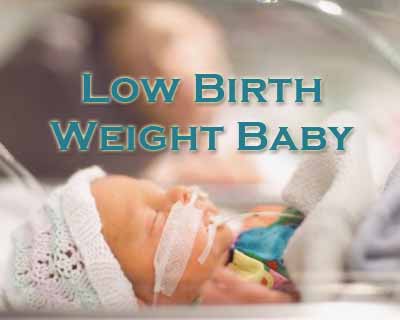- Home
- Editorial
- News
- Practice Guidelines
- Anesthesiology Guidelines
- Cancer Guidelines
- Cardiac Sciences Guidelines
- Critical Care Guidelines
- Dentistry Guidelines
- Dermatology Guidelines
- Diabetes and Endo Guidelines
- Diagnostics Guidelines
- ENT Guidelines
- Featured Practice Guidelines
- Gastroenterology Guidelines
- Geriatrics Guidelines
- Medicine Guidelines
- Nephrology Guidelines
- Neurosciences Guidelines
- Obs and Gynae Guidelines
- Ophthalmology Guidelines
- Orthopaedics Guidelines
- Paediatrics Guidelines
- Psychiatry Guidelines
- Pulmonology Guidelines
- Radiology Guidelines
- Surgery Guidelines
- Urology Guidelines
Very low weight infants prone to osteopenia

New York : Very low birth weight (VLBW) pre-term infants have greater risk of osteopenia (low bone density) and fractures in later life, according to a study.
In the study published in the journal Calcified Tissue International and Musculoskeletal Research, researchers investigated whether increasing the frequency of physical activity intervention to twice daily has a greater effect on bone strength compared to a once daily intervention or no intervention at all.
The use of physical activity interventions comprising a daily programme of passive range-of-motion-assisted exercise of the large joints have promising protective effects for bone strength and metabolism, suggested the study.
As many as 34 VLBW preterm infants (average birth weight 127 ± 55g and average gestational age 28.6 ± 1.1 weeks) were randomly assigned to one of the three study groups.
The exercise intervention was initiated at around eight days of life and continued for four weeks. Bone health was measured at the beginning of the study and after two and four weeks using quantitative ultrasound of tibial bone speed of sound (SOS).
Initially the average bone mass was comparable in all infants and it declined in all groups during the study period despite the infants' overall growth and remarkable weight gain.
However, the 13 infants receiving the twice daily intervention programme had a significantly lower rate of decrease in bone mass compared to the once-daily (12 infants) group and no intervention control group (11 infants).
"Our study is the first to demonstrate that the bone mass response to exercise in pre-term infants is dose-related. Although more research is needed to determine the optimal duration, frequency and type of exercise intervention, we found that the twice daily intervention was safe and had a greater effect on bone strength," said Ita Litmanovitz, Tel-Aviv University.
While efforts to prevent osteopenia of prematurity have focused on nutritional therapy via intravenous or tube feeding, these and other major advances in postnatal intensive care have been only partially successful in improving the bone mineral mass of VLBW preterm infants.

Disclaimer: This site is primarily intended for healthcare professionals. Any content/information on this website does not replace the advice of medical and/or health professionals and should not be construed as medical/diagnostic advice/endorsement or prescription. Use of this site is subject to our terms of use, privacy policy, advertisement policy. © 2020 Minerva Medical Treatment Pvt Ltd